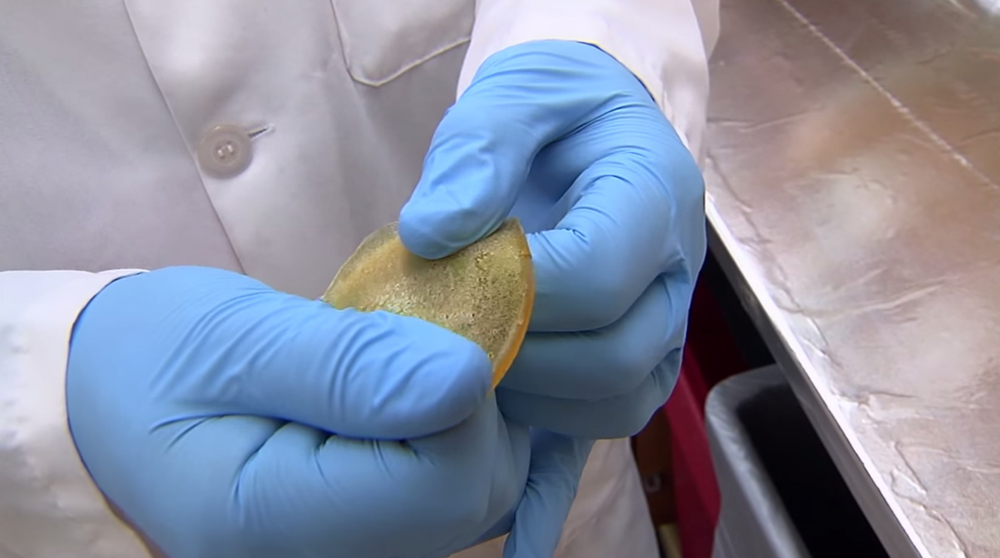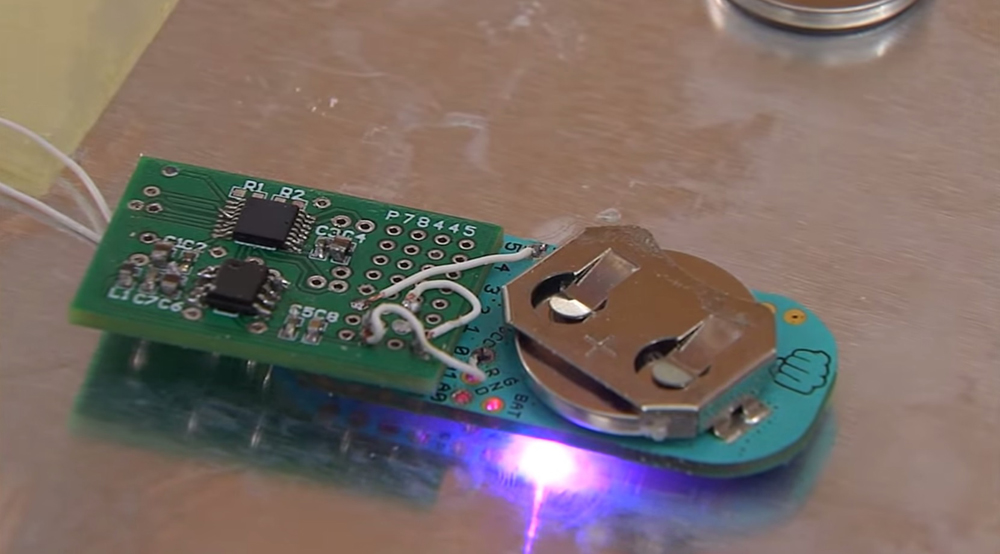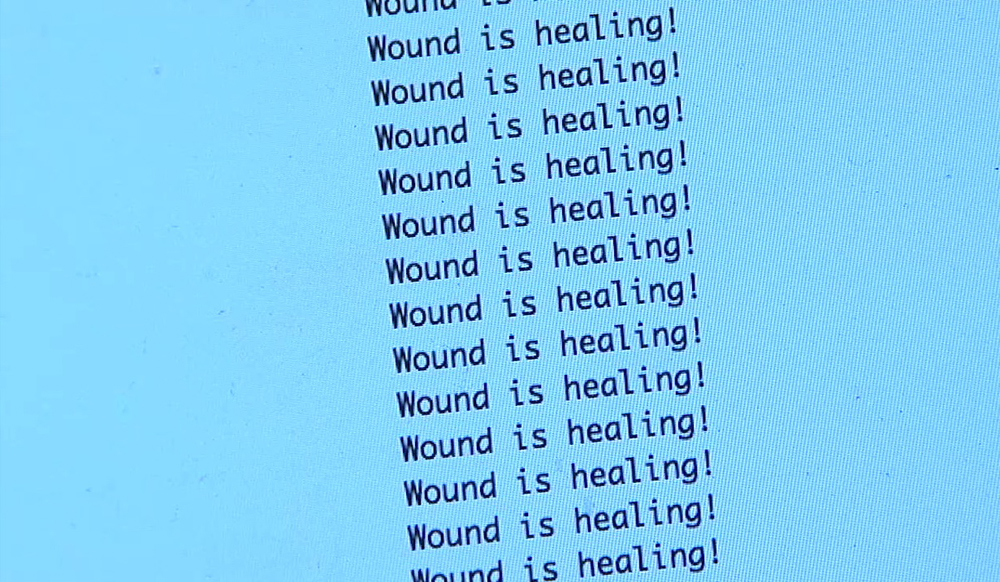Peering Inside 'Smart Bandages' (Photos)


The U.S. National Science Foundation contributed these images to Live Science's Expert Voices: Op-Ed & Insights.
It will be years before smart bandages end up in your medicine cabinet, but when they do, they have the potential to completely change how wounds are monitored and treated. Learn more and watch a related video in "Not Just a Band-Aid: How ‘Smart Bandages’ Will Change Medicine," and see images of the technology below. (Image credits: NSF.)
Smarter medicine
With support from the U.S. National Science Foundation, a team of researchers is using "smart bandages" to address one of the biggest challenges in medicine: how to treat wounds that are hard to heal.
Versatile medicine
These flexible bandages are jam-packed with sensors and electronics, and yet the devices are quite elastic. Engineers are able to make the bandages in different dimensions and thicknesses.
Stretchable medicine
Get the world’s most fascinating discoveries delivered straight to your inbox.
Researchers are testing new flexible materials like this hydrogel to cover wounds with circuitry. The bandage has just the right amount of stretch to be comfortable.
Wireless medicine
In addition to monitoring and administering drugs for an injury, smart bandages wirelessly communicate wound conditions back to doctors.
Intelligent medicine
Smart bandages can communicate how well a wound is healing.
Medicine delivery
These microscopic particles hold medications like antibiotics and open up when triggered by electronics in the "smart bandage, a new method to deliver medications to a wound.
Follow all of the Expert Voices issues and debates — and become part of the discussion — on Facebook, Twitter and Google+. The views expressed are those of the author and do not necessarily reflect the views of the publisher. This version of the article was originally published on Live Science.







